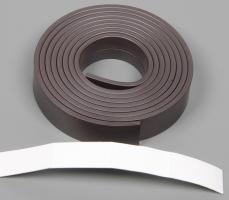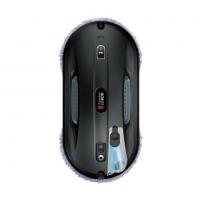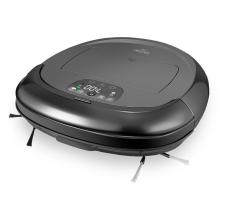Easily one of the worst things about a power outage—besides the whole “no more electricity” thing—is suddenly being caught in the dark without lights of any variety. Very few people keep a flashlight near to hand just in case of a power outage that seldom actually arrives, but when it does, most of those people likely wish there was one handy. The University of California Berkeley may have something that could help, however, a patch of electronic skin that lights up when it's touched.
The skin itself is extremely thin, and flexible, allowing it to easily be added to most any body part from an arm to, well, anything else. The skin is also pressure-sensitive, meaning that the amount of light emitted from the skin can be altered simply by applying more pressure to the skin itself. As for the skin's composition, that's a combination of several exciting technologies all at once: layers of plastic and pressure-sensitive rubber, topped off with conductive silver ink, thin-film transistors, and even organic LEDs.
Of course, the idea of being able to turn your arm or forehead into a short-term emergency flashlight is likely very tempting to some, but that's not the use that the developers had in mind, according to reports. The likely uses start with smart wallpaper—and that's almost as good as an arm-based flashlight as just touching the wall generates light enough to see to a real flashlight—and carry on into different health-monitoring devices and robotics. For instance, the developers would like to see the light-up skin used as prosthetic limb skin, part of a larger overall system in which the skin of such a limb can sense changes in temperature, pressure or the like, as well as perform self-healing functions. Adding such a skin to a robot, meanwhile, would offer a robot capable of noting tiny changes in its environment.
While the idea of light-up skin may well seem frivolous to anyone who doesn't live in an area prone to power outages, the idea of light-up skin as part of a larger system that can react to changes in the environment is much less so. Imagine a small skin patch for hospital patients that reacts to temperature, and further consider what that means for those with a fever. Something like this might allow current body temperature to be told at a glance, which would be valuable in the healthcare field.
There are a lot of possible uses for something like this, from healthcare to emergency lighting and beyond. Just what uses will actually come from Berkeley's new substance remain to be seen, but the ultimate take-away from this is that there are plenty of possibilities to come.





